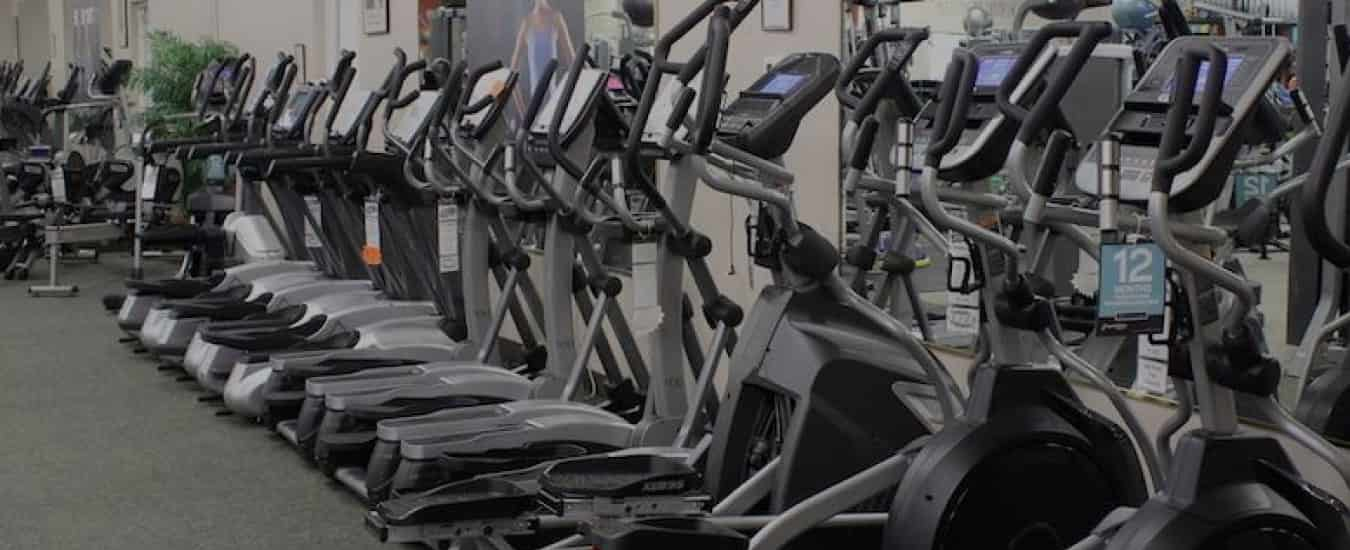According to the CNN reporting, Sri Lanka, a 22-million-strong island nation, is experiencing an economic and political crisis, with protesters breaking curfews and government officials leaving in droves.
Unrest is being fueled by the country’s greatest economic crisis since its independence in 1948, with crippling inflation driving up the cost of necessities. Anger that had been simmering for weeks erupted, turning protests violent and throwing the administration into disarray. bringing the government to its knees. According to experts, the Sri Lanka economic crisis has been years in the making, fueled by a combination of bad luck and government incompetence.
According to Murtaza Jafferjee, chairman of the Colombo-based research group Advocate Institute, the Sri Lankan government has borrowed huge sums of money from foreign lenders to pay for public services during the last decade.
This borrowing binge has coincided with a succession of hammer blows to the Sri Lankan economy, ranging from natural disasters (heavy monsoons) to man-made disasters (a government ban on chemical fertilizers, which wrecked farmers’ harvests).
With the epidemic decimating the country’s vital tourism economy and foreign workers’ remittances, credit rating agencies downgraded Sri Lanka, virtually shutting it out of international capital markets.
As a result, Sri Lanka’s debt management program, which relied on access to those markets, fell apart, and the country’s foreign exchange reserves plunged by about 70% in only two years.
The decision by the Rajapaksa administration to prohibit all chemical fertilizers in 2021, which was subsequently overturned, harmed the country’s agriculture economy and resulted in a decline in the key rice production. The government has just $2.31 billion in reserves as of February, but it anticipates debt obligations of about $4 billion in 2022, including a $1 billion international sovereign bond (ISB) due in July.
The Asian Development Bank, Japan, and China are among the other main lenders, with ISBs accounting for the highest percentage of Sri Lanka’s foreign debt at $12.55 billion.
The IMF warned last month in an assessment of the country’s economy that public debt had reached “unsustainable levels” and that foreign exchange reserves were insufficient to cover short-term debt obligations. Sri Lankans’ everyday life has been converted into a continuous loop of waiting in lines for basic products, many of which are rationed, as a result of the crisis.
Shops have been forced to close in recent weeks due to a lack of power to run refrigerators, air conditioners, or fans. Customers queue for hours in the sweltering heat to fill their tanks, and soldiers are stationed at gas stations to keep them calm. Some people have even died as a result of their impatience.
Even middle-class families with money are concerned that they would run out of basics such as medication or petrol. And life is made much more difficult by the regular power outages that leave Colombo in the dark for up to 10 hours at a stretch. To disperse the protestors, police fired tear gas and water cannons and then imposed a 36-hour curfew. On April 1, President Rajapaksa announced a state of national emergency, allowing officials to imprison people without a warrant and blocking social media services.
Due to widespread resignations by prominent ministers, the government’s entire cabinet was officially disbanded on April 3.
The President’s nephew, who blasted the apparent social media shutdown as something he would “never condone,” was among the 26 cabinet officials who resigned that weekend. Other high-ranking officials, including the governor of the national bank, resigned as well.
Faced with an administration in disarray, President tried a reshuffle on Monday in the hopes of appeasing the opposition. According to a presidential press release, four ministers were selected to temporarily administer the government, including a finance minister, while many others were given new jobs in an attempt to keep the nation running “until a full cabinet is established.”
As per current reports, Sri Lanka’s Prime Minister Mahinda Rajapaksa has resigned amid mass protests at the government’s handling of a deepening economic crisis. Also, President said that the new Prime Minister will be sworn in as soon as possible. Sri Lanka is actively looking for financial assistance from the IMF and is looking to regional nations for assistance.
President Rajapaksa stated in his address last month that he had assessed the benefits and drawbacks of cooperating with the IMF and had chosen to seek a bailout from the Washington-based organization, something his administration had been hesitant to do.
Sri Lanka has also sought aid from China and India, with New Delhi providing a $1 billion credit line in March. Although some experts have cautioned that this support might worsen instead of just fixing the situation.










